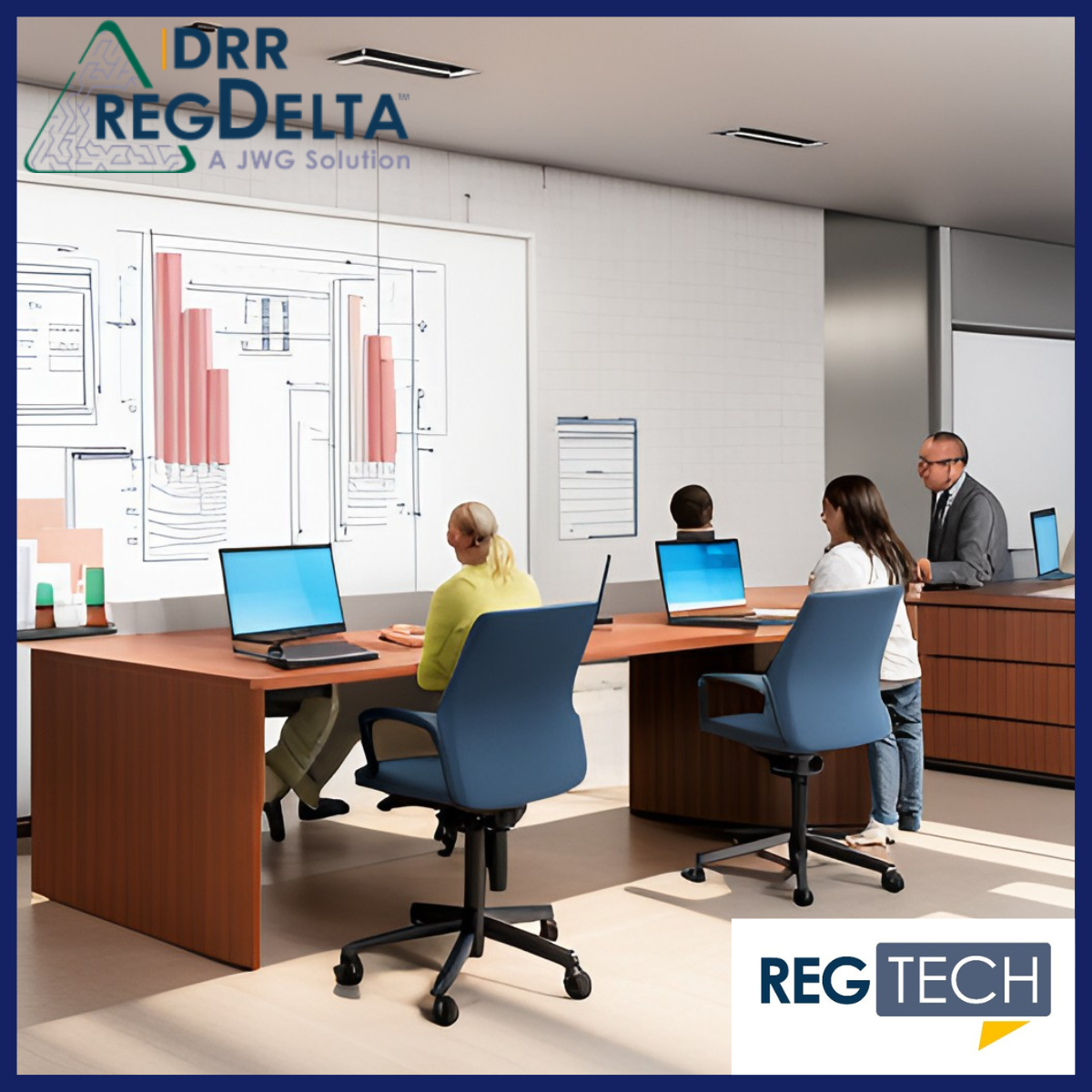Global systemically important banks (G-SIBs) have increasingly turned to the open-source Common Domain Model (CDM) to retool their reporting systems and advance digital regulatory reporting (DRR) while boosting interoperability.
Goldman Sachs, JP Morgan, Barclays and BNP Paribas have all piloted various projects related to trade and transaction reporting and are examining further use cases, such as clearing and settlement, improved trade surveillance and managing numerous climate reporting standards.
Many firms have already used the Common Domain Model for swaps reporting implementation, as well as collateral and securities loan reporting. It is a standardized, machine-readable, machine-executable data and process model for how financial products are traded and managed across the transaction lifecycle.
It allows firms to know how peers interpret regulatory obligations and to test their assumptions and comply accordingly. The Fintech Open Source Foundation (FINOS) hosts the Common Domain Model and oversees its development.
Global systemically important banks are positioning the Common Domain Model as their internal domain model, or a customized version of it, as a core part of their regulatory reporting function to create efficiencies, manage regulatory risk and ultimately drive toward digital regulatory reporting. Firms view it as a key to unlocking internal complexities around their trading systems and outbound reporting. Firms now see the business case for using the Common Domain Model to improve clearing and settlement but are road- testing it for regulatory reporting.
“With new regulations and changes to existing regulations coming fast and furious, the fact is regulatory reporting is just growing,” said Jane Gavronsky, FINOS’s chief operating officer in New York. “People are looking at the cost of that and the complexity. It’s not just the dollar cost. It’s also how difficult it is to figure out and finding the [subject matter experts] who know what to do. That’s just too expensive. Frankly, in some ways it’s wasteful because everybody in the industry is doing the same thing. Joining forces is something that becomes obvious.”
Harmonisation
FINOS took responsibility for the Common Domain Model from the International Swaps and Derivatives Association, the International Securities Lending Association and the International Capital Market Association in March 2023. Since then, there has been significant curiosity about the model and its capabilities, Gavronsky said. The open-source model takes most commercial considerations off the table and can build upon the industry collaboration that developed the model in the first place.
“Now is a good time for firms to look at adopting the CDM,” said PJ Di Giammarino, chief executive at regulatory think tank JWG in London. “Regulators are busy baking transparency into many facets of the regulatory landscape again. Adopters can mutualise efforts to interpret complex obligations and get safety and comfort knowing they are aligned with peers. It also gives regulators a path to global reporting harmonisation, something envisioned in 2009 at the FSB’s Pittsburgh summit that is now becoming a reality.”
Interoperability with counterparties for reporting and exchanging trade data is another reason firms should look at using the Common Domain Model to standardise that data.
“Markets are moving forward from a technology perspective, and how firms interact with industry peers is changing thanks to technology,” Gavronksy said. “Systems where firms are not doing bespoke communications with every one of their counterparts becomes imperative. Firms can have those standards around different levels right through different layers of the stack. You can have it at a desktop-to-desktop interoperability level, app-to-app conversations — just pure APIs. They can have it at the data level. The CDM brings in standardisation at a data level and at the business event level as well.”
Digital regulatory reporting
The European Union has numerous initiatives aimed at modernising and integrating data-reporting regimes, which should ultimately foster digital regulatory reporting. The European Commission’s supervisory data strategy will streamline and modernise reporting for EU banks. Last week, the European Central Bank and the European Banking Authority said they had established a Joint Bank Reporting Committee, tasked with helping to develop common definitions and standards for the data that banks must report to supervisors.
“ISDA DRR is now a key application for the Common Domain Model for a specific set of use cases,” Di Giammarino said. “If CDM is the operating system, DRR is a type of application and it’s fair to say that it has whet regulators’ appetites as they search for a scalable approach to apply to all industry reporting.”
Regulators will eventually issue regulations in a machine-readable format, Gavronsky said.
“Regulators can use the CDM as a baseline for doing [digital regulatory reporting] because there are multiple institutions already using it,” she said. “And by the way, if something is lacking in the model, regulators too can contribute to it and make sure that there’s nothing lacking.”
This article was originally published by Thomson Reuters Accelus Regulatory Intelligence on 28 March 2024

